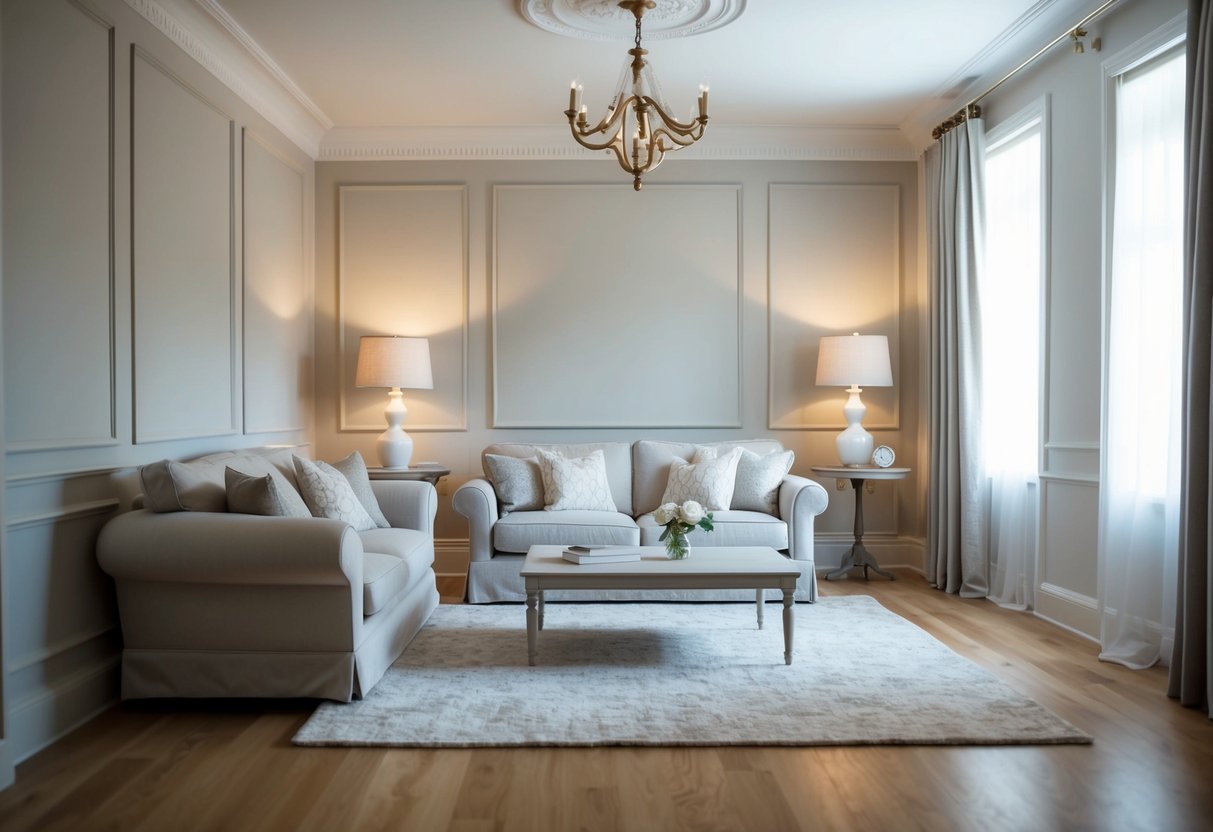Elevate Your Home’s Elegance with Timeless Classic Style Furnishings
Key Features of Luxury Furniture
Luxury furniture often showcases a balance of aesthetic appeal and functional excellence. Durability stands out as a primary feature, with pieces made from sturdy, long-lasting materials maintaining their look and support over time. These furnishings often exhibit intricate designs and finishes that make them stand out and add a touch of sophistication to any room.
Attention to detail in proportions and symmetry also characterizes luxury pieces, ensuring they are both visually pleasing and spatially harmonious. Such furniture typically includes features like soft-close drawers, dovetail joints, and hand-applied finishes, all of which contribute to a superior overall experience.
Craftsmanship and Material Considerations
Craftsmanship and materials are central to the creation of high-quality furniture. Skilled artisans apply techniques handed down through generations, ensuring each piece is constructed with precision. High-quality materials like solid wood, metal, and premium upholstery ensure durability and an elegant finish.
The use of hardwoods, such as oak and walnut, offers structural integrity and resistance to wear. Fabrics such as silk, wool, and high-end leathers provide luxury and comfort, enhancing the sensory experience. The meticulous selection and combination of these elements are what defines furniture that is truly timeless and classic.
Designing with a Neutral Palette

Utilizing a neutral palette in interior design requires careful selection and combination of colors to create a timeless and elegant atmosphere. Incorporating shades like beige and grey can add warmth and sophistication, while neutral backgrounds provide a versatile canvas for a range of furnishings and decor.
Incorporating Beige and Grey Tones
Beige and grey are foundational colors in a neutral palette, offering a sense of calm and elegance. These tones are versatile, able to complement many different styles while creating a unified look throughout a space. Beige brings warmth, adding a cozy feeling that softens the formality of other colors.
Grey, on the other hand, provides a modern touch. It works well with both warm and cool hues, making it a flexible choice for any room. Mixing these tones in various textures and finishes can offer depth and interest without overwhelming the visual field.
Consider using beige and grey in soft furnishings like cushions and throw blankets to create layers and enhance the overall ambiance. Together, these subtle colors serve as a quiet backdrop, allowing featured pieces or artwork to shine.
The Power of a Neutral Background
A neutral background acts as a versatile foundation, allowing individual elements to stand out while maintaining harmony. Walls painted in shades of cream, sand, or soft grey can make a space feel larger and more open. This simplicity in wall colors enhances the architectural features and furniture within a room.
Furnishings can maintain their impact and elegance against such a backdrop. Using understated tones on large surfaces creates flexibility, enabling easy updates with seasonal accessories or new trends without the need for major renovations.
A neutral background is ideal for highlighting art or statement furniture pieces, fostering an environment where every item in the room can be appreciated. This approach provides a timeless and classy aesthetic that remains stylish through changing trends.



